Xiaomi Mi 5 Review
UPDATE: You can now read our Xiaomi Mi 6 Review!
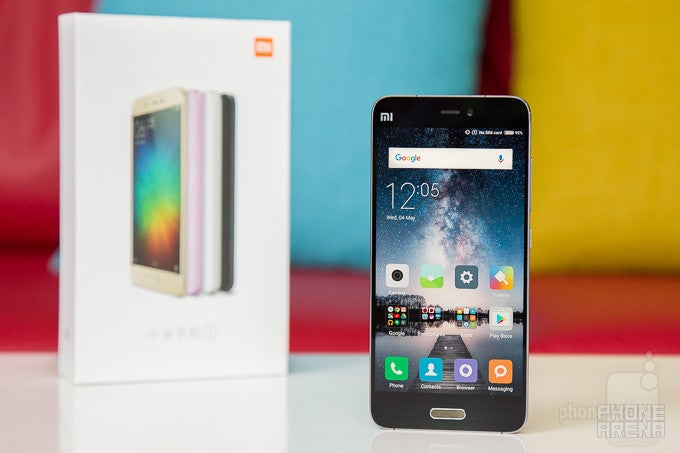
Introduction
Xiaomi is a leading smartphone maker from China whose reputation for powerful, stylish and aggressively-priced gadgets stretches well beyond the Republic's borders. With its latest flagship smartphone, the Mi 5, the brand wants to offer almost everything that $700 handsets like the Samsung Galaxy S7 or iPhone 6s do, at a considerably lower price. It's an ambitious undertaking that could spark anyone's interest. Let's see if the hype is worth it – or not!
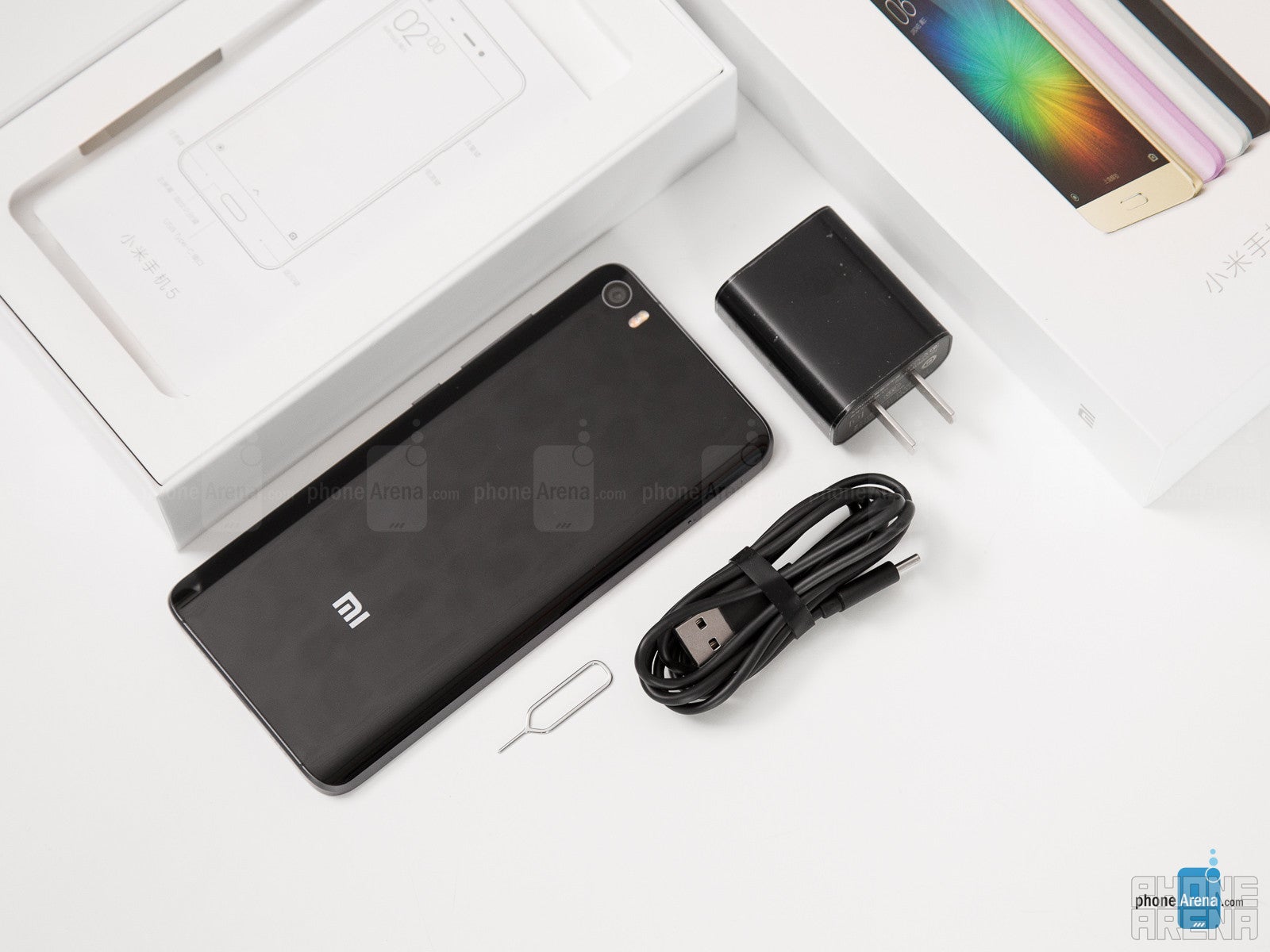
- Xiaomi Mi 5
- USB Type-C Cable
- USB Charger
- Warranty and instructions
- SIM tray ejector
Design
Nice looks and great ergonomics with just a few rough spots.
Xiaomi's flagship has a graceful, understated appearance. It's got clean lines, slim bezels, a metal frame, and a glass-covered back (unless you get the Ceramic Exclusive variant). Unaware of the Mi 5's affordable pricing, some could actually mistake it for an expensive smartphone, but its good looks are deceptive. The metal frame lightly prickles the palm at some spots, the glass back doesn't feel as nice as those of more expensive handsets, and the power and volume keys are slightly wobbly.
Still, these are minor flaws that don't offend, but merely make the Xiaomi Mi 5's price tag seem realistic, rather than too good to be true. We're fond of this sleek and elegant handset that's comfortable to hold and easily lends itself to one-handed operation. The Home button is a bit narrow for our tastes and its tactile feedback isn't very good, but the fingerprint scanner in it is top-notch – fast, accurate, and reliable. On the other hand, those capacitive navigation keys might appear dated in 2016, but they do what they are supposed to.
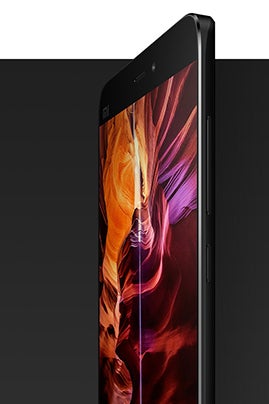
Display
A high-quality screen with great brightness and contrast properties.
The Mi 5 has a 5.2-inch IPS LCD display with 1080p resolution that comes off as high-quality, both in our measurements and in real-life use. The brightness levels are superb and cater to comfortable usage across all lighting conditions, while the color balance is close to ideal. This is a balanced, well-calibrated screen whose quality could stand up to that of more expensive offerings, if it weren't for the average viewing angles.
Interface and Functionality
Up-to-date Android build with a lively user experience on top.
Xiaomi's flagship runs the company's MIUI 7 OS, based on Android 6.0. The interface is lively and animated, but also cohesive and straightforward. There's no app drawer and the amount of pre-installed applications is narrowed to a satisfactory minimum. Xiaomi's stock apps work fine and look pretty nice, although some graphical elements appear too small and applications like Messaging and e-mail inexplicably lack landscape mode support. Theming is available, should you get bored with the default look, and you can also take advantage of Xiaomi's Mi Cloud service to back up and store your data. MIUI7 has had a lot of thought put into it and is a very satisfying user experience, overall.
Processor and Memory
The Xiaomi Mi 5 delivers the high-end performance of premium Android smartphones.
Generally, the Xiaomi Mi 5 offers a superb performance-to-cost ratio. Still, your mileage may vary somewhat, depending on which variant you get. The 'Standard' model, which is the cheapest of the three, has its Snapdragon 820 processor underclocked and comes with 32GB of storage. The 'High' model (which we tested) and the top-tier 'Ceramic Exclusive' edition let Qualcomm's CPU roar at its maximum frequency, but the former comes with 3GB of RAM and 64GB of storage, while the latter escalates to 4GB of RAM and 128GB of storage.
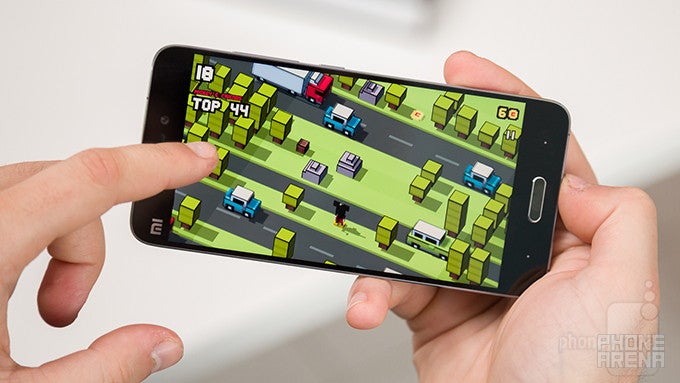
CPU and memory differences aside, all models use blazing-fast UFS flash storage, which is amazing for the price, but there's no microSD card slot for expansion. They also use the same non-removable 3000mAh Li-Po battery. While we can't predict how much of a performance hit the 'Standard' model takes in benchmark tests, we assume the difference in practical usage will be negligible.
Benchmarks show that the 'High' version ranks just a little behind the much more expensive big boys by Samsung, LG, and HTC in overall system performance, but comfortably keeps up and even surpasses them when it comes to 3D graphics and basic number crunching. In actual use, the Mi 5 is a beast that handles anything you throw at it quickly and confidently – just like a flagship smartphone should!
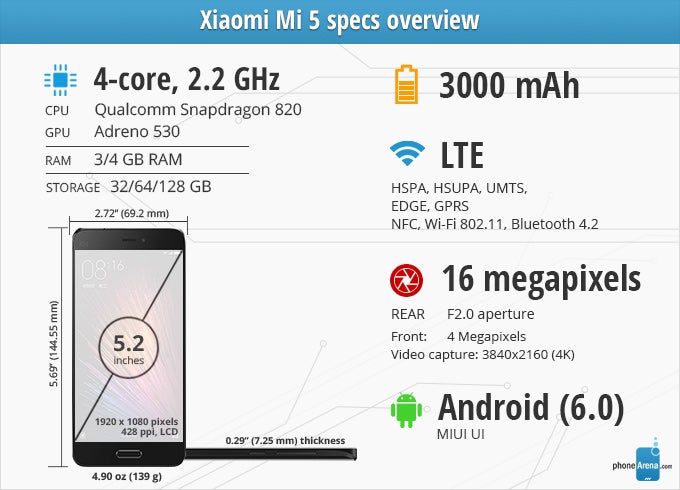
Connectivity
With its Qualcomm modem, the Xiaomi Mi 5 has got you covered.
The Mi 5 is a dual-SIM handset (2x nanoSIM slots) that supports Cat. 12 LTE speeds (up to 600 Mbps DL, up to 150 Mbps UL) in addition to almost all mobile networks on Earth. It also has 802.11a/b/g/n/ac dual-band Wi-Fi, Bluetooth 4.2, USB Type C, and NFC support. Surfing with the integrated browser is a bliss, as pages and images load quickly, and navigation is very smooth.
Camera
Photos have rich detail and punchy colors, but the videos are underwhelming.
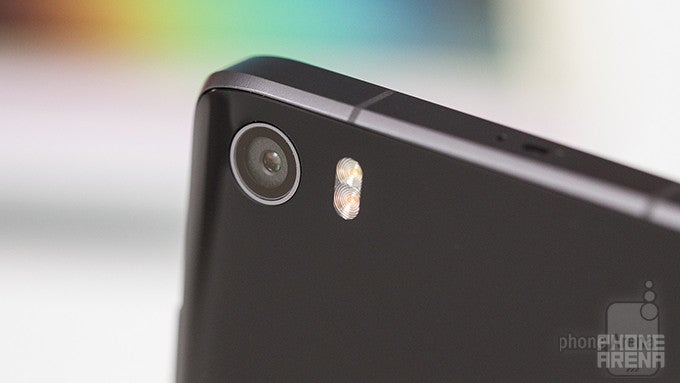
Xiaomi equipped the Mi 5 with a 16MP main camera and a 4MP "UltraPixel" front camera. The former is joined by a dual-LED two-tone flash and its lens is covered with scratch-resistant sapphire. The Mi 5 is also the only smartphone that features 4-axis optical image stabilization that fends off shakeups from eight different directions. Most OIS-enabled phone cameras currently make do with 2 or 3-axis stabilization.
The camera app launches at a near-instant and snaps photos quickly enough. It's feature set is comprehensive, but not so much as to be overwhelming, which makes the app easy and reliable to use.
We took the Xiaomi Mi 5 out for a spin and, despite the gloomy weather, its camera still managed to stand out. While the automatic exposure doesn't always nail the scene, white balance is usually right and photos tend to boast excellent details with very low noise. Colors are noticeably enhanced – we find the result vivid and eye-flattering, but the enhancements may come across as too strong to some. The pleasing results are retained in indoor shots, although noise increases noticeably.
Meanwhile, selfies taken with the front camera look rather snazzy.
Video recording
The Mi 5 can record videos in up to 4K resolution at 30 frames per second and lets users choose between automatic and tap auto-focus. Maybe it's the cloudy weather to blame, but videos from the Mi 5 didn't wow us quite like photos did. They look acceptable in 4K, but 1080p clips lack detail. The camera easily loses focus while shooting, and the recorded sound is unpleasant and metallic. The 4-axis OIS does a very good job keeping shots steady, but the results aren't ground-breaking.
Multimedia
There's everything you need to entertain yourself, although the video player is lousy.
With its high-quality screen and decently loud speaker output, the Mi 5 has your multimedia needs covered. The music player lets you take advantage of built-in headphone profiles to get better frequency response if you own a pair of Xiaomi earbuds. The 'Gallery' app provides enough organization and editing functionality to get you started, while the powerful hardware has all your gaming needs taken care of. The built-in video player, however, only starts and stops videos – if you want a sensible degree of control, you must install a third-party app like MXPlayer or VLC.
Call Quality
Your voice might sound a bit sterile.

Battery Life
We expected better, but the result is still quite acceptable.
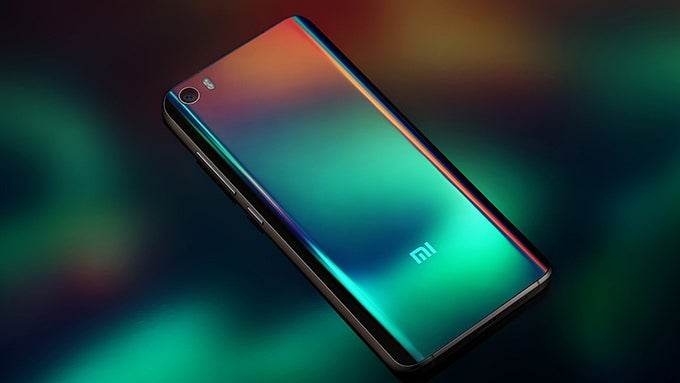
Given the sizable 3000mAh battery and the power-saving advantages of one of the best chipsets on the market, we expected the Xiaomi Mi 5 to deliver a bit more battery life than it did – 7 hours and 27 minutes of constant on-screen use in our test. The handset does support Qualcomm's Quick Charge 3.0 technology, which means a quick stop by the power outlet will provide enough juice for another few hours – if you have a QC-compatible charger, which Xiaomi doesn't bundle with the Mi 5. With the one that comes in the box, maxing out the battery takes over two hours.
Conclusion
While the Xiaomi Mi 5 is a great all-around smartphone, only customers in China and India will be able to score it at bargain prices, starting at the equivalent of around $300 for the 32GB model. Shoppers from the rest of the world can buy the Mi 5 from eBay and other web stores, but chances are they'll end up paying a higher price. Most online retailers who sell Xiaomi products charge a price premium and ship their stock from China, which means you'll have to handle any import and sales taxes imposed by your state or country. Depending on where you are, these can be costly!
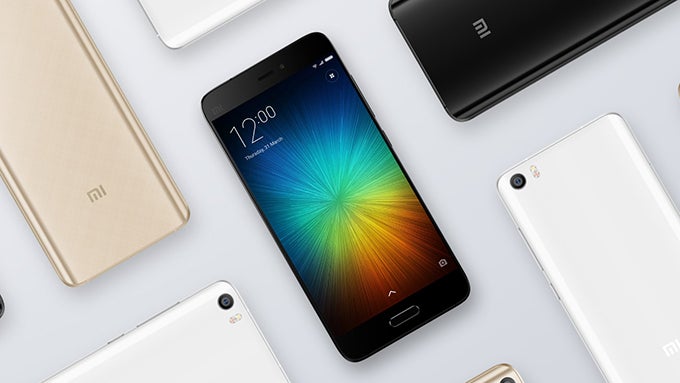
Jumping through these hoops is almost guaranteed to drive the Xiaomi Mi 5's actual price to $450 or above, and to make matters worse, you are left at the mercy of a potentially obscure online seller when it comes to warranty and customer support.
Thus, most consumers will probably be better off considering safer options in the same price range. The Nexus 5x ($300) or Nexus 6P ($450) are fantastic Android phones that are readily available and properly looked after. Also, you can still score a yesteryear's flagship like the Samsung Galaxy S6 (at $450) or LG G4 (just $300).

UPDATE: You can now read our Xiaomi Mi 6 Review!
Follow us on Google News

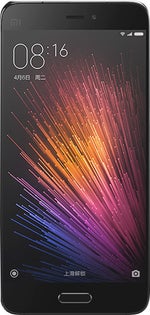
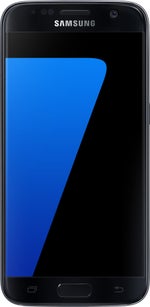
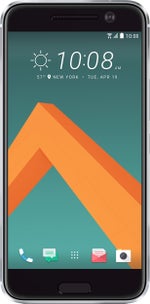





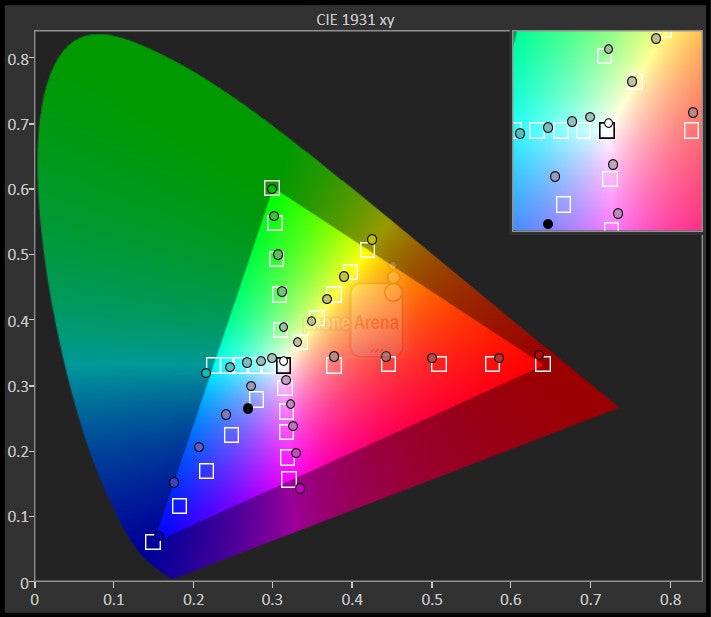













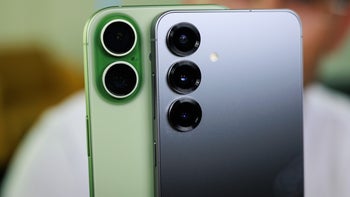
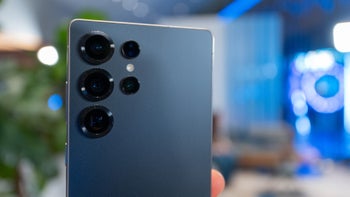


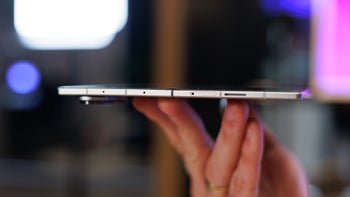

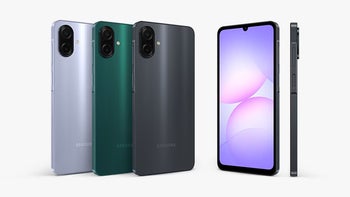

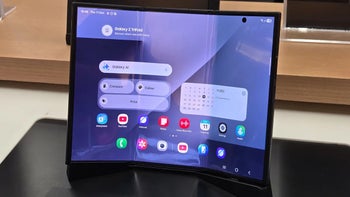

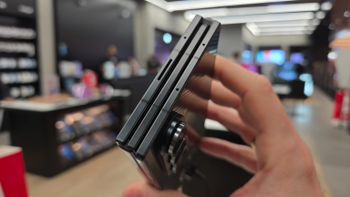
Things that are NOT allowed:
To help keep our community safe and free from spam, we apply temporary limits to newly created accounts: